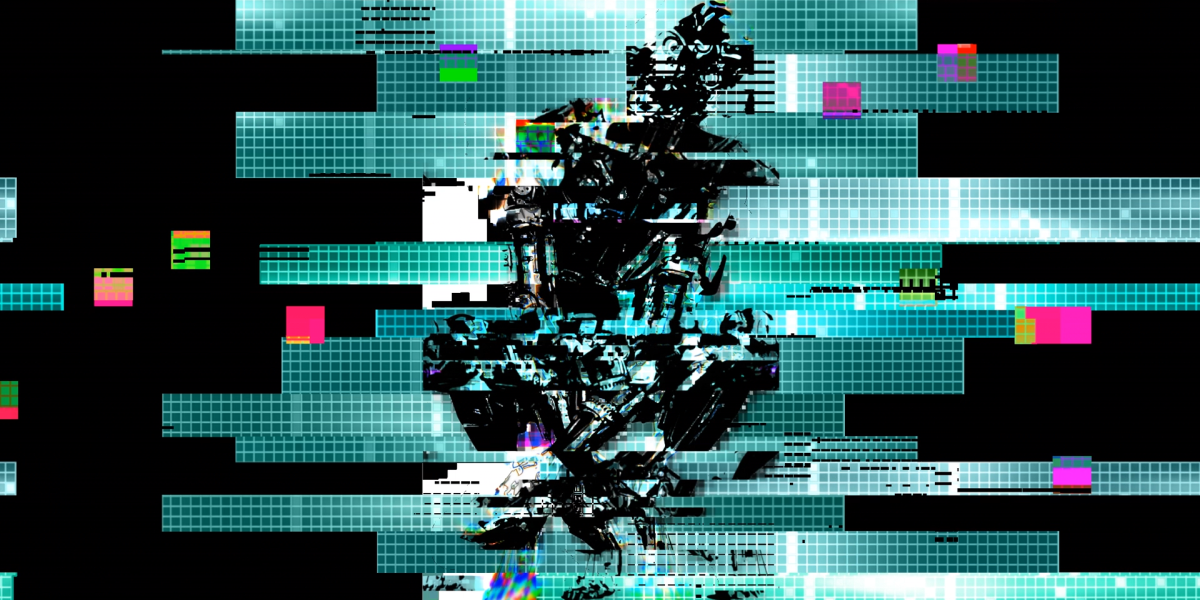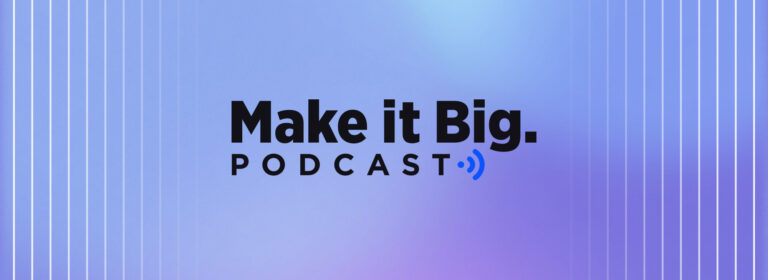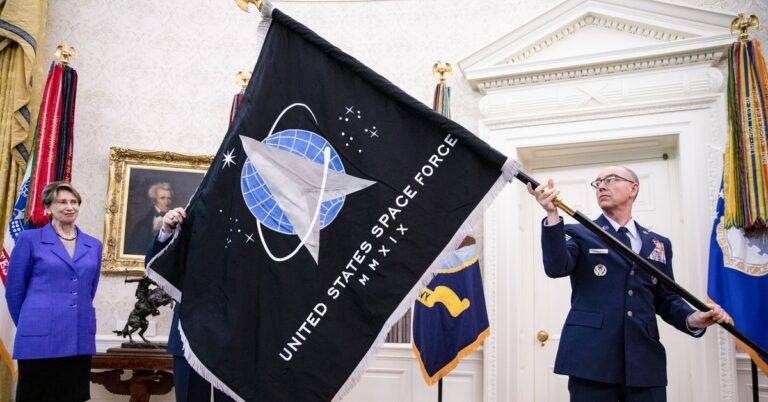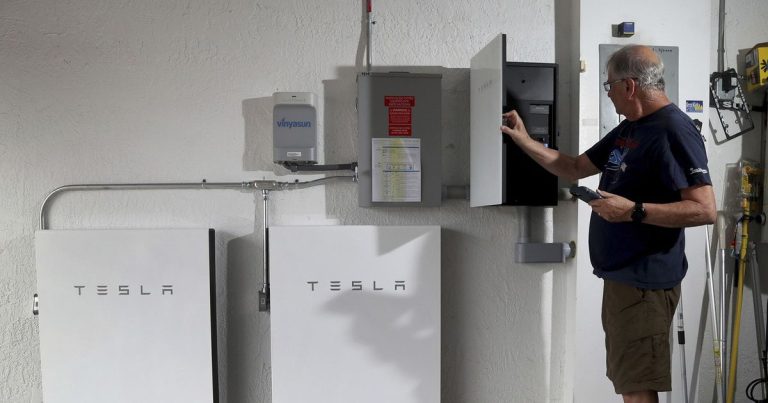
NFTs have become an unavoidable subject for anyone earning a living as a creative person online, prompting a rush to understand a concept that is deeply mired in the jargon of cryptocurrency and blockchain technology. Some promise that NFTs are part of a digital revolution that will democratize fame and give creators control over their destinies. Others point to the environmental impact of crypto and worry about unrealistic expectations set by, say, the news that digital artist Beeple had sold a JPG of his collected works for $69 million in a Christie’s auction.
Just as the trend is shuffling the deck on what is considered “valuable” digital art, however, it’s also re-creating some of the same problems that have plagued artists for ages: confusing hype, the whims of rich collectors, and theft. Digital artists already battle scammers who steal artwork and sell it as merchandise on user-generated T-shirt shops, for instance. NFTs are now simply another thing artists have to check.
Newcomers must untangle practical, logistical, and ethical conundrums if they want to enter the fray before the current wave of interest passes. And as some artists turn their digital creations into profitable offerings for a new audience of friendly, enthusiastic buyers, there’s a question lingering in the background: Is the NFT craze benefiting digital artists, or are artists helping to make wealthy cryptocurrency holders even richer?
“That feeling … is amazing”
Ellie Pritts, a photographer and animator from Los Angeles, learned about NFTs after talking to Foundation, an invite-only NFT marketplace, several months ago. Another artist recruited her for the site’s digital print business, but then she spoke with Kayvon Tehranian, the founder of Foundation, who mentioned its NFT sales.
“I was like, I don’t understand this. But it seems really interesting,” she says. “And there wasn’t a lot of information about it, but I was intrigued. He was actually the person who taught me about it.”
Non-fungible tokens are unique pieces of data that are part of a blockchain, bought and sold with the currency that blockchain supports. The ones you’re hearing about are pretty much all supported by Ethereum.
If you haven’t heard of Ethereum, you’ve probably heard of Bitcoin. Same idea; different blockchain. And while Bitcoin is primarily about exchanging money, Ethereum is better for exchanging assets. Any blockchain can in theory support NFTs, but this one was designed for them. NFTs are sold on any of various online marketplaces, where users can “mint,” or create, one for anything digital.
An NFT doesn’t mean that you own the piece of art itself. Instead, you’re basically buying metadata that grants you bragging rights—or, more often, the opportunity to sell that NFT later for even more money.
“The people who bought my pieces were doing a lot of research. They decided to invest in me because they had looked into me and thought that I was promising.”
It’s a lot to take in, and sounds a bit strange. Pritts was skeptical until she minted and sold her first NFT in February. It was a short video piece she’d made for herself, without the expectation of getting paid: it sold for about a thousand dollars. Animation is time-consuming and expensive to create and has, historically, been difficult to sell for a fair price online. Maybe NFTs would let her do that, she thought. Mainly, though, selling just felt good. “That feeling that something that I made just because I love it has value is amazing,” she says. “The people who bought my pieces were doing a lot of research. They weren’t people that I knew. They decided to invest in me because they had looked into me and thought that I was promising.”
Tiffany Zhong, the founder of Islands, a creator platform that focuses on revenue streams, says that buyers aren’t necessarily supporting artists just as “cash grabs.” Instead, she thinks NFTs could become a different way for creators to build a fan base. Buying in early to an artist’s work comes with a sense of ownership, like having seen a now famous band at its very first gig. “If you’re an early supporter of a creator,” she says, “you’re betting on them.”
Pritts now feels like part of a community: she’s working on half a dozen collaborations with other artists who also mint NFTs, people she would never have met before jumping in a month ago. And, she says, she’s doubled her monthly income—in theory. The money is all in Ether rather than dollars, and she hasn’t cashed out yet.
“You have to put the legwork into it”
One of the difficult things about understanding NFTs is the jargon barrier; all the terms that explain how it works are really only familiar to people who already get crypto. As a result, a lot of the information on NFTs comes from its biggest evangelists: the marketplaces that sell them, the people who invest in them, and the artists who create them. To everyone else, it’s a bamboozle.
Amid the sudden rush of interest in this new avenue for their work, though, many artists have turned into guides for others.
Pinguino Kolb, an artist and longtime cryptocurrency advocate, has been flooded with questions from other artists about NFTs over the past month. “I get a lot of questions on why people are excited about it. That’s even from some of my programmer friends that know the crypto space,” she says. “They don’t understand why people are buying it.”





